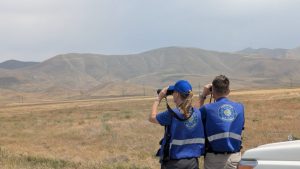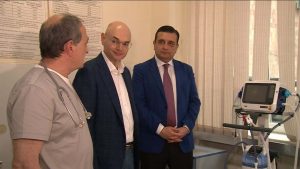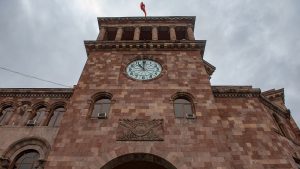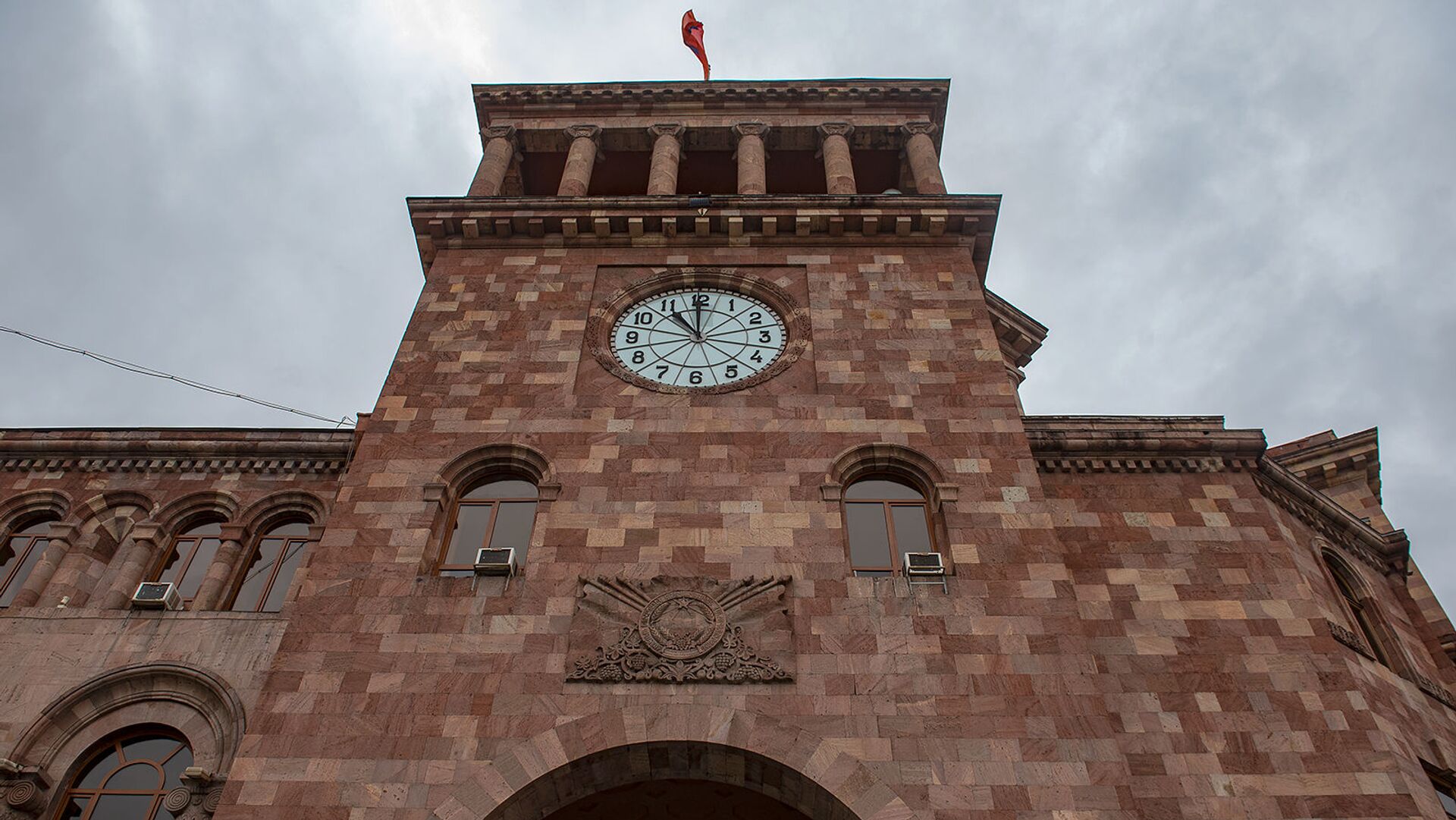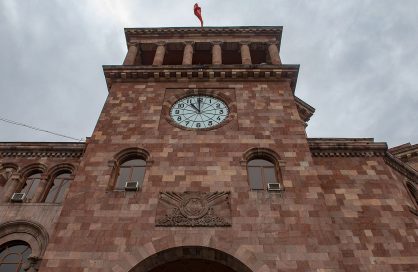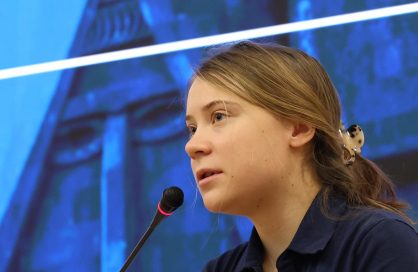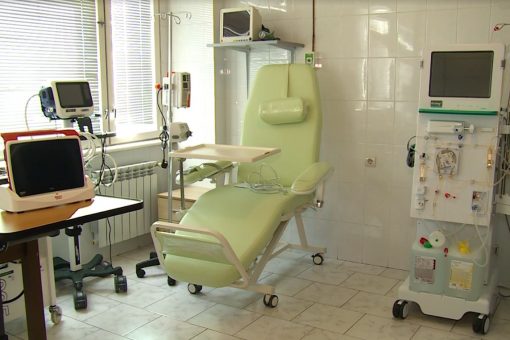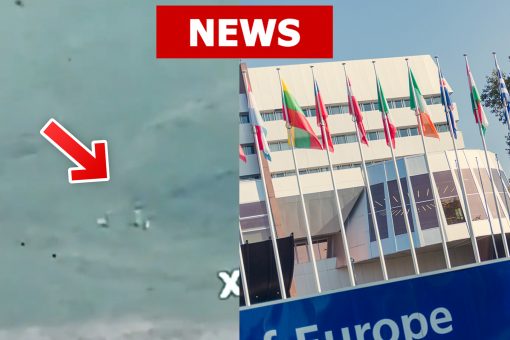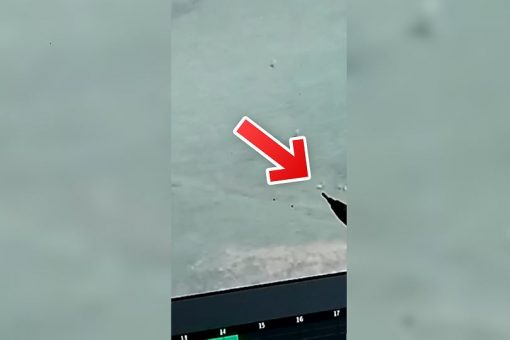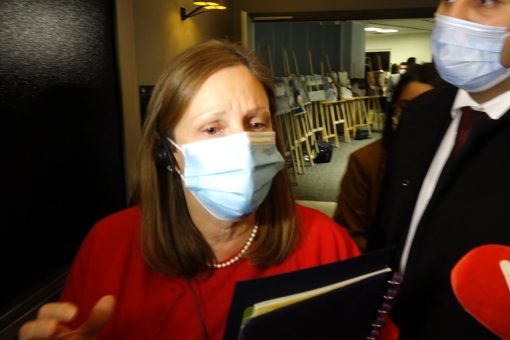Nasa successfully flies small helicopter on Mars
POLITICS
19.04.2021 | 17:15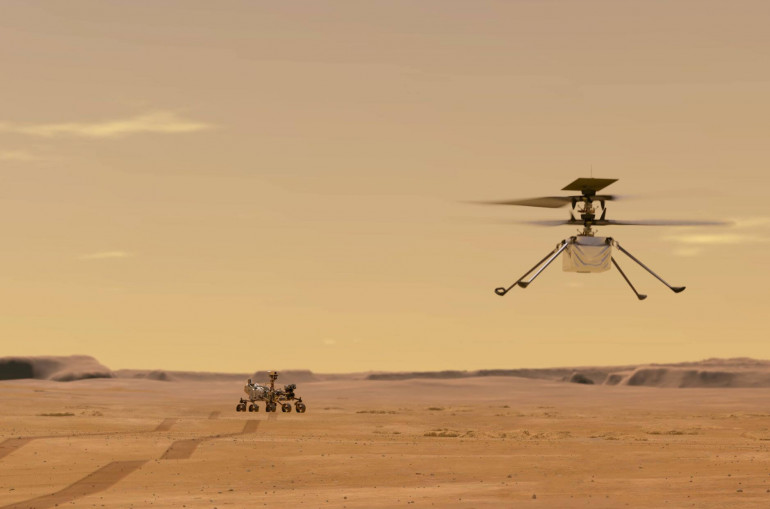
The American space agency has successfully flown a small helicopter on Mars. The drone, called Ingenuity, was airborne for less than a minute, but Nasa is celebrating what represents the first powered, controlled flight by an aircraft on another world, BBC reports.
Confirmation came via a satellite at Mars which relayed the chopper’s data back to Earth. The space agency is promising more adventurous flights in the days ahead. Ingenuity will be commanded to fly higher and further as engineers seek to test the limits of the technology. The rotorcraft was carried to Mars in Nasa’s Perseverance Rover belly, which touched down in Jezero Crater on the Red Planet in February.
“We can now say that human beings have flown a rotorcraft on another planet,” said a delighted MiMi Aung, project manager for Ingenuity at Nasa’s Jet Propulsion Laboratory (JPL) in Pasadena, California. “We’ve been talking for so long about our ‘Wright Brothers moment’ on Mars, and here it is.”
This is a reference to Wilbur and Orville Wright who conducted the first powered, controlled aircraft flight here on Earth in 1903. Ingenuity even carries a small swatch of fabric from one of the wings of Flyer 1, the aircraft that made that historic flight at Kitty Hawk, North Carolina, more than 117 years ago.
There were cheers in the JPL control center as the first photos of the flight arrived back on Earth. In the background, MiMi Aung could be heard saying: “It’s real!” To claps from her colleagues, she tore up the contingency speech to have been used in the event of failure.
The demonstration saw the Mars-copter rise to just over 3m, hover, swivel 96 degrees, hover some more, and then set down. In all, it managed almost 40 seconds of flight, from take-off to landing. Getting airborne on the Red Planet is not easy. The atmosphere is very thin, just 1% of the density here on Earth. This gives the blades on a rotorcraft very little to bite into to gain lift. There’s help from the lower gravity at Mars, but still – it takes a lot of work to get up off the ground.
Ingenuity was therefore made extremely light and given the power (peak power of 350 watts) to turn those blades extremely fast – at over 2,500 revolutions per minute for this particular flight.
Control was autonomous. The distance to Mars – currently just under 300 million km – means radio signals take minutes to traverse the intervening space. Flying by joystick is simply out of the question.
Asked whether she was surprised the flight had worked, MiMi Aung said: “No, I’m not. We really had nailed the equations, the models, and the verification here on Earth in our laboratory tests. So, it then became a question of: have we chosen the right materials to build Ingenuity, to survive the space environment, to survive the Mars environment?
“We’ve gone from ‘theory says you can’ to really now having done it. It’s a major first for the human race,” she told BBC News.
Ingenuity has two cameras on board. A black-and-white camera that points down to the ground, used for navigation, and a high-resolution color camera looks out to the horizon.
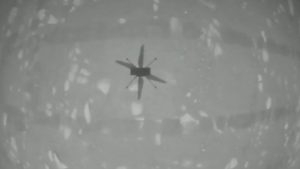
Sample navigation images sent back to Earth revealed the helicopter’s shadow on the floor of the crater as it came back into the land.
The Perseverance rover was watching and snapping away from a distance of 65m. Its full-sequence video can be seen at the top of this page.
Nasa has announced that the “airstrip” in Jezero where Perseverance dropped off Ingenuity for its demonstration will henceforth be known as the “Wright Brothers Field”.
The International Civil Aviation Organization (ICAO) – the United Nations’ civil aviation agency – has also presented Nasa and the US Federal Aviation Administration with an official ICAO designator: IGY.
“India Golf Yankee, with the call sign ‘Ingenuity’, and those details will be officially included in the next edition of ICAO’s designators for aircraft, operating agencies, aeronautical authorities, and services,” explained Håvard Grip, the Mars helicopter’s chief pilot at JPL.
Monday’s successful maiden outing means that a further four flights will be attempted over the coming days, with the first of these occurring as early as Thursday. Each succeeding flight will build on what has gone before.
“What we’re talking about here is going higher, going further, going faster, stretching the capabilities of the helicopter in those ways,” Dr. Grip explained.
“We’re putting the pedal down and going for it,” added Dr. Thomas Zurbuchen, the head of science at Nasa.
The hope is this initial demonstration could eventually transform how we explore some distant worlds. Drones might be used to scout ahead for future rovers, and even astronauts once they eventually get to Mars.
Michael Watkins, JPL director, said: “What the Ingenuity team has done is given us the third dimension; they’ve freed us from the surface now forever in planetary exploration so that we can now make a combination of driving on the surface and sampling the surface, doing reconnaissance, and even scientific experimentation on inaccessible places for a rover. This is exactly the way we build the future.”
Bob Balaram, Ingenuity’s chief engineer, said ideas for larger helicopters were already being discussed.
“We are thinking of things in the 25-30kg class of vehicles, and those vehicles would carry maybe about 4kg of science instruments,” he told reporters.
Nasa has already approved a helicopter mission to Titan, the big moon of Saturn. Dragonfly, as the mission is known, should arrive at Titan in the mid-2030s. It will be easier to fly on this moon given its very thick atmosphere.














